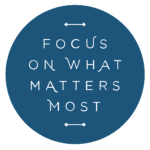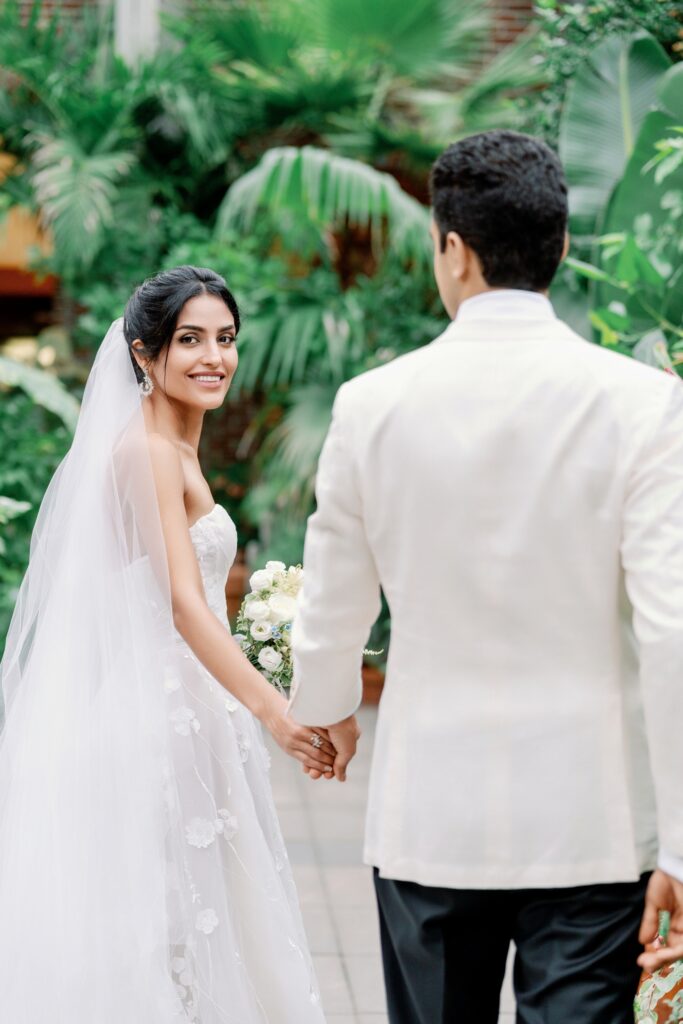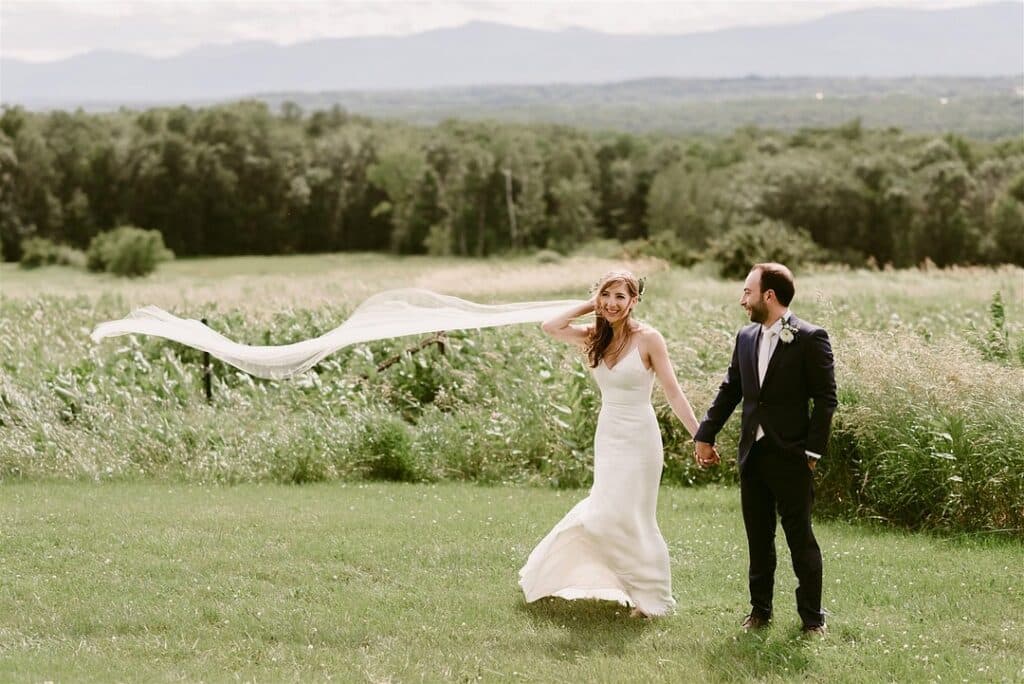Portrait Photography Gear: Equipment Guide Most Photographers Swear By
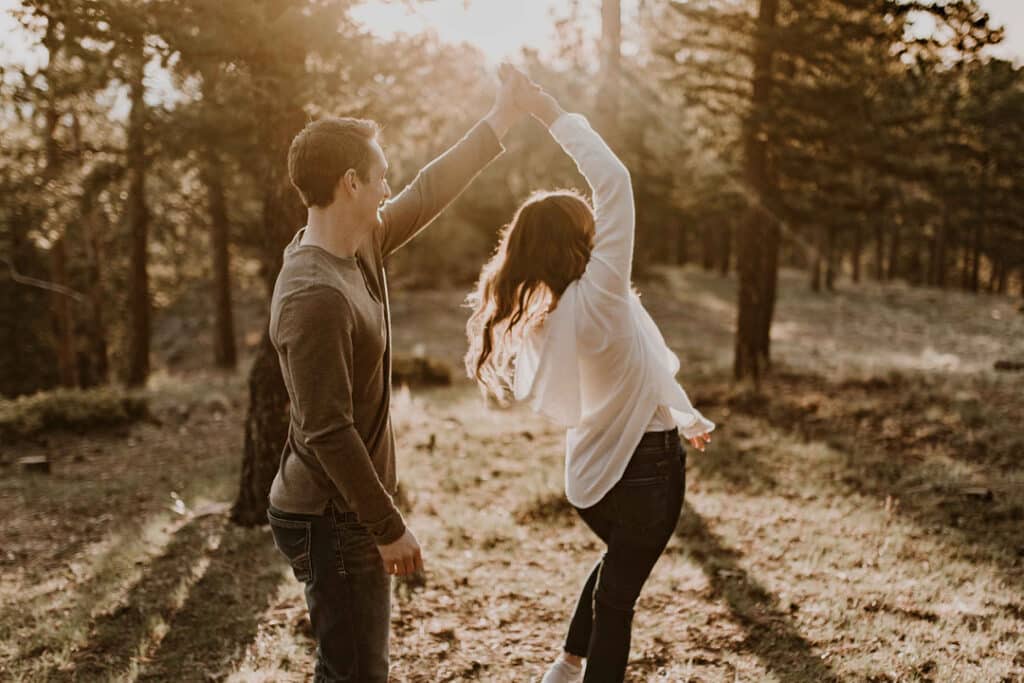
Portrait photography continues to be one of the most popular and rewarding genres in photography.
Having the right gear can make the difference between good photos and exceptional portraits that truly capture the essence of your subjects.
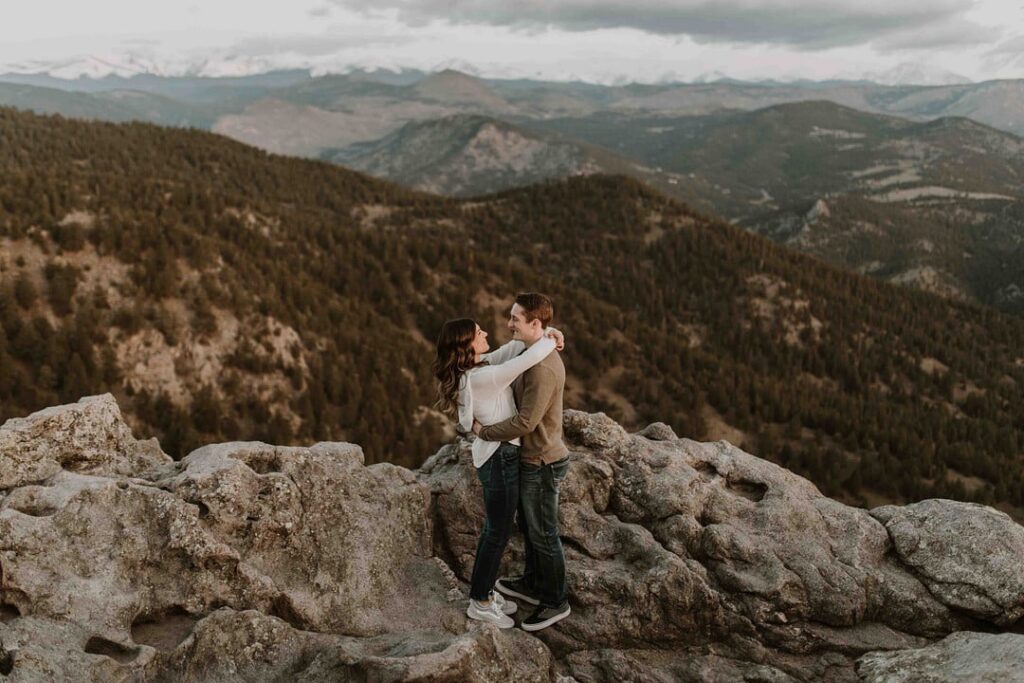
After years of working with professional photographers and analyzing what equipment consistently delivers the best results, we’ve compiled this comprehensive guide to the portrait photography gear most photographers rely on during their sessions.
Camera Bodies: The Foundation of Great Portraits
Full-Frame Cameras
Most professional portrait photographers prefer full-frame cameras for their superior image quality, excellent low-light performance, and better depth of field control. Popular choices include:
- Canon EOS R5/R6 – Excellent autofocus and image stabilization
- Nikon Z7 II/Z6 II – Outstanding 45.7-megapixel sensor with impressive dynamic range
- Sony A7R V/A7 IV – Mirrorless design offers lighter weight while maintaining full-frame quality
APS-C Alternatives
For photographers on a budget or those who prefer lighter gear, APS-C cameras like the Canon EOS 90D or Sony A6700 provide excellent results while being more affordable and portable.
Lenses: The Creative Heart of Portrait Photography
Essential Focal Lengths
50mm Lenses The 50mm lens is perfect for taking clear portraits that are full of humanity, offering a natural perspective that sees like the human eye. It’s versatile enough for both environmental portraits and closer shots.
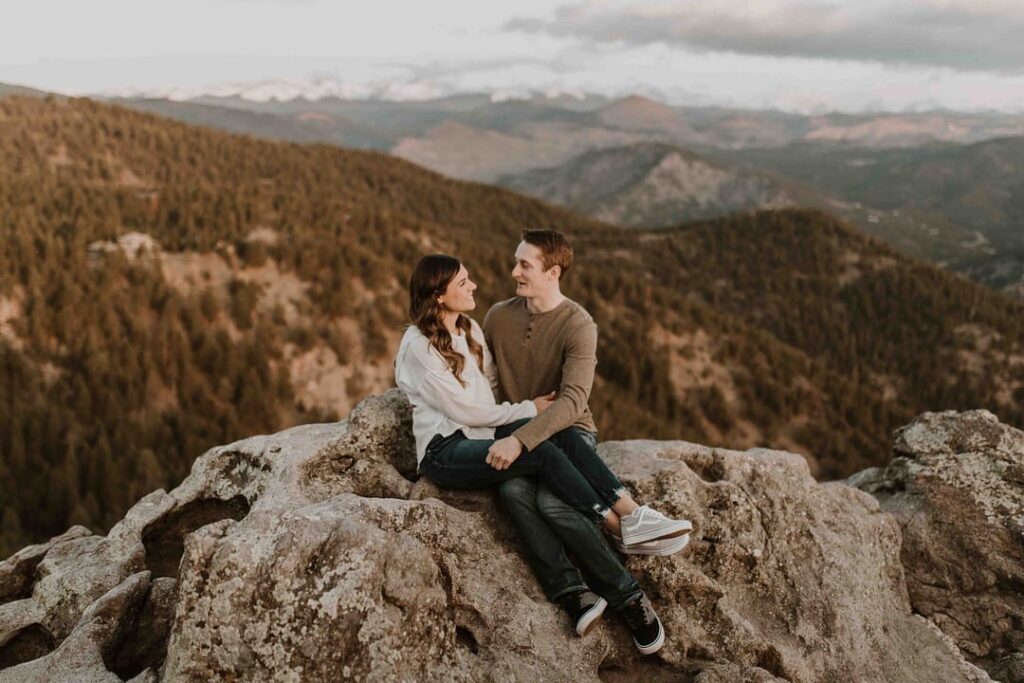
85mm Lenses The 85mm lens excels at head shots, beauty portraits, and events, providing gorgeous results even in very low light conditions with a beautiful shallow depth of field. A 90mm lens is great for getting in closer to faces and capturing detailed expressions.
70-200mm Zoom Lenses Working with focal lengths between 70mm and 200mm provides slightly compressed facial features, which is really flattering for portraits. The Canon EF 70-200mm f/2.8L IS lens is a workhorse used for 70% of many photographers’ shoots.
Versatile Zoom Options
Lenses like the 24-105mm or 24-70mm f/2.8 provide flexibility, allowing you to capture a variety of compositions without changing lenses during a shoot. At 35-50mm, you can shoot full- and half-body images; at 70mm, you can go for headshots; and at 24-35mm, you can capture unique environmental portraits and even group shots.
Lighting Equipment: Shaping the Perfect Portrait
Speedlights and Flash Units
Speedlights are used for about 20%-30% of photo shoots and can light you out of some tight spots, literally. Canon 580EXii speedlights are preferred for lighting when travelling or needing to work quickly or in tight locations.
Get clients. Get paid. Get happy.
Light Modifiers
A Photoflex medium size softbox that folds flat is perfect for lighting one person and couples. Having your own lighting setup allows you to practice and experiment freely, understanding how light interacts with your subject.
Light Meters
The light meter is an essential tool in good portrait photography – photographers would never leave home without one for the most accurate readings.
Support and Stability
Tripods
Since most portrait work consists of self-portraits or precise positioning, a tripod is an absolute must, allowing you to get the right camera angle without having to ask anyone to hold the camera. A compact carbon lightweight tripod is a real help, especially when hiking or traveling with photography equipment.
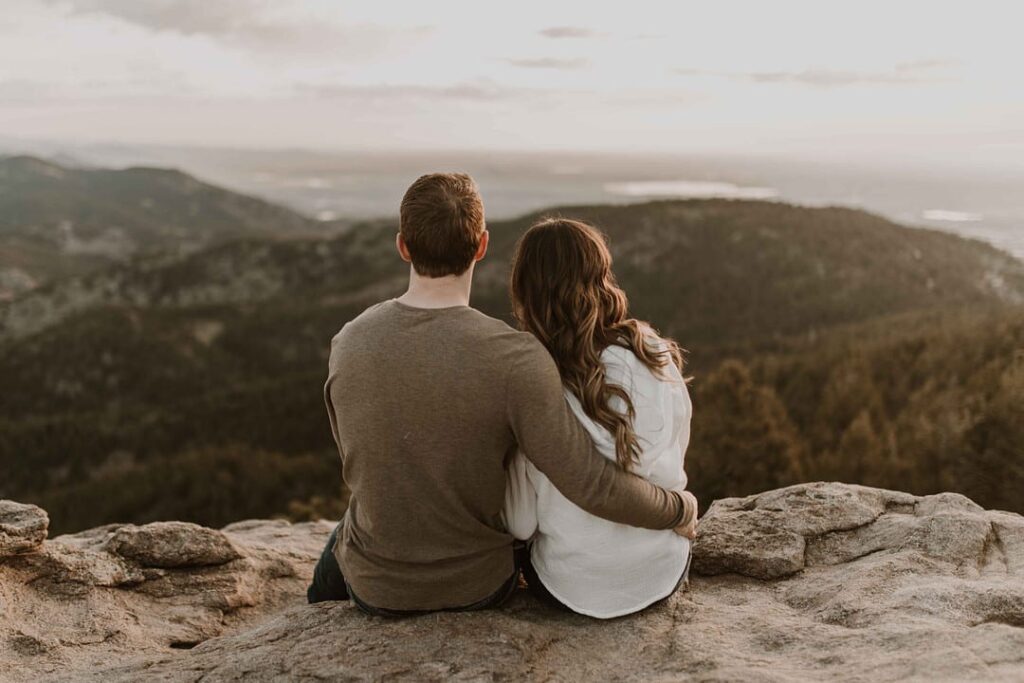
Monopods
For situations requiring more mobility while maintaining some stability, monopods offer a great compromise between handheld shooting and tripod stability.
Essential Accessories
Memory Cards and Storage
For all digital cameras, using the same memory cards is recommended – SanDisk Extreme SD cards are reliable options that don’t fail. Always have enough memory cards with you as you often take hundreds of high-res photos.
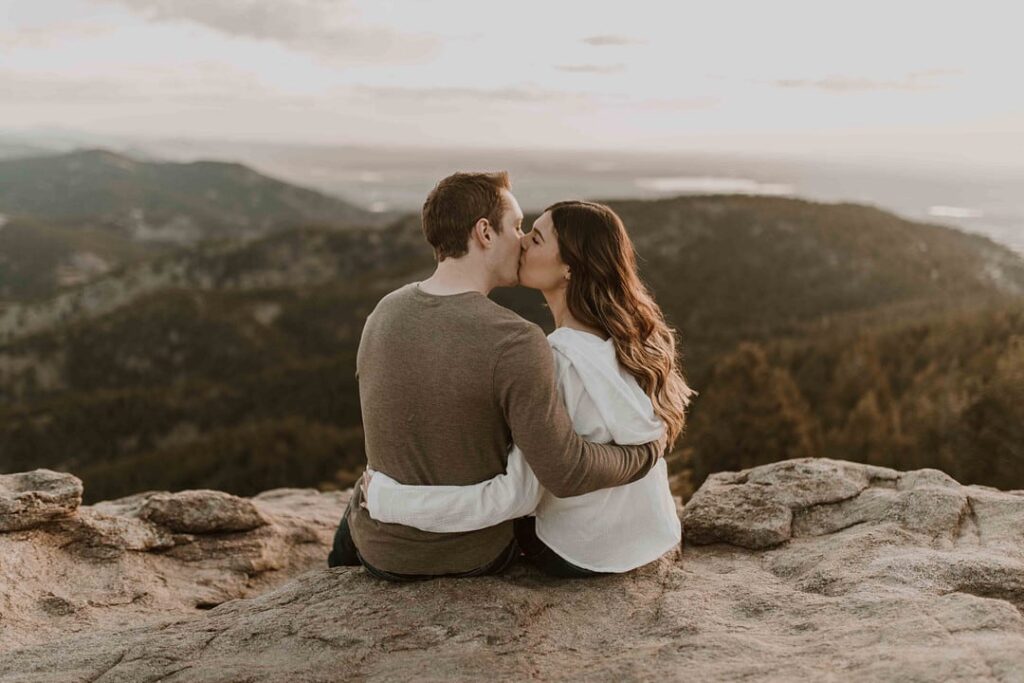
Batteries and Power
Always remember to have several camera batteries and a charger with you, so you can charge them up before or during a shoot. In cold weather, keep your spare batteries close to your body heat in your pocket – the warmth will help maintain their charge.
Camera Bags
A well-designed camera bag like the Billingham Hadley Digital bag is designed for 3 small camera lenses and a camera body, fitting 3 camera bodies and 3 lenses or 1 camera, 3 lenses and a folding medium format camera.
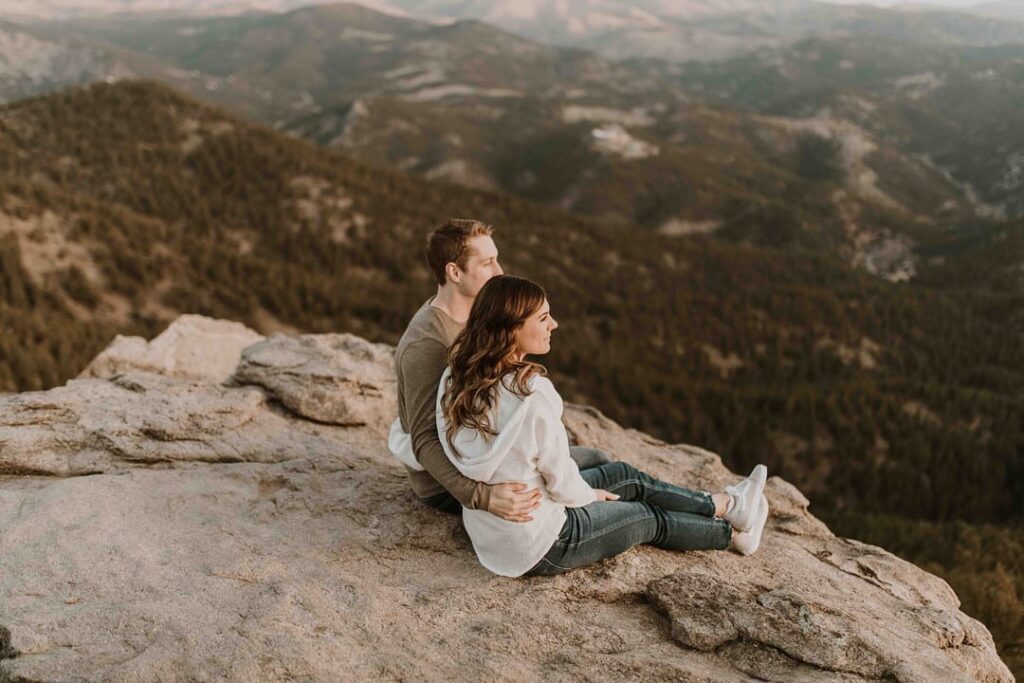
Cleaning and Maintenance Gear
Lens Cleaning Supplies
Lens cleaning wipes are essential for cleaning everything from lenses, camera bodies, flash gear, and even sunglasses. Microfiber cloths are safe for lenses so you don’t have to worry about scratches, and you can use them to brush dust off your camera in windy conditions.
Dust Removal Tools
A decent dust blower, like a rocket blower, is great at getting loose dust off your camera and lens without having to touch it and risk smudges or streaks.
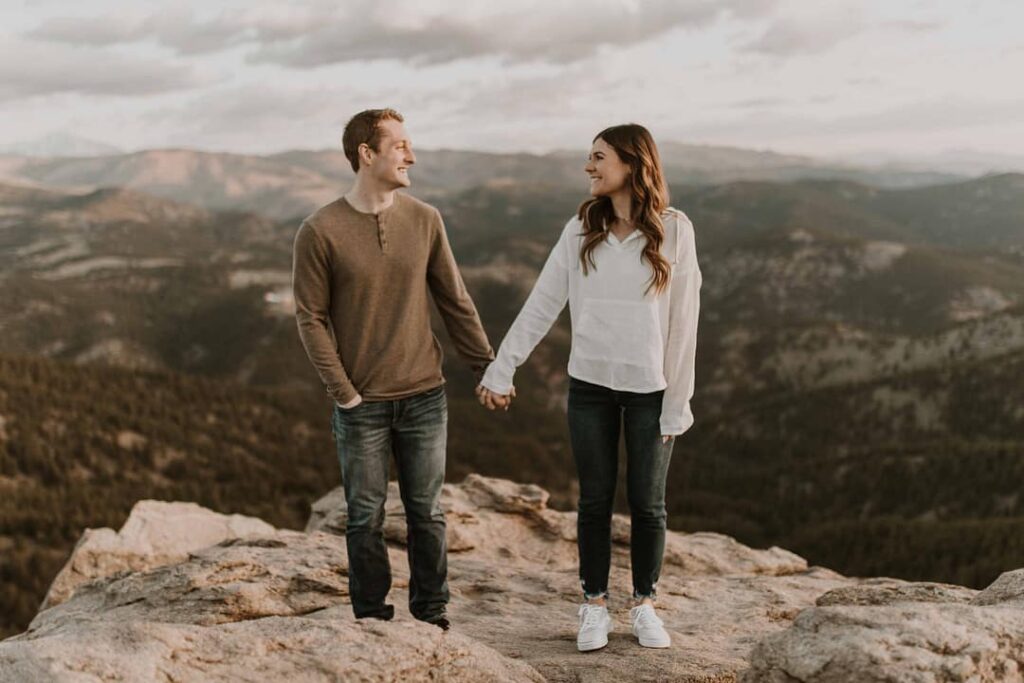
Beyond the Basics: Creative Tools
Specialty Accessories
Professional photographers are always looking for ways to make their work stand out with creative tools like prisms to create light flares, refractions, and interesting distortions, copper pipes to create circular vignettes, and lens balls to capture inverted landscapes or portraits.
Video Capabilities
Capturing behind-the-scenes footage is essential, and tools like the DJI Osmo Pocket record smooth, high-quality 4K video, allowing photographers to document their shoots and share their creative process.

Building Your Portrait Photography Kit
Start with the Essentials
You don’t need to get all of these items at once, but keep them in mind and acquire them as soon as possible. Focus on:
- A capable camera body
- One versatile lens (50mm or 85mm)
- Basic lighting equipment
- A sturdy tripod
- Extra batteries and memory cards
Gradual Expansion
Building your professional photography kit is an ongoing process. While it’s tempting to want every new piece of gear, focus on the essentials that will truly enhance your work and workflow.
Build a Beautiful Business.
Photos by Katie Dawn Photo
 Get 50% off any plan!*
Get 50% off any plan!*